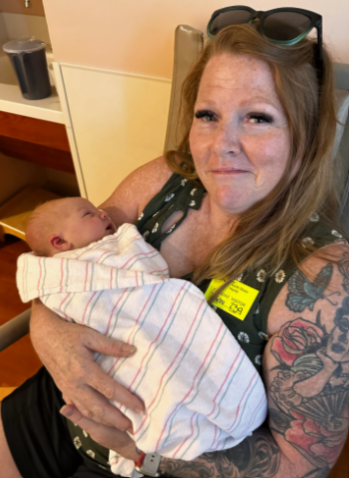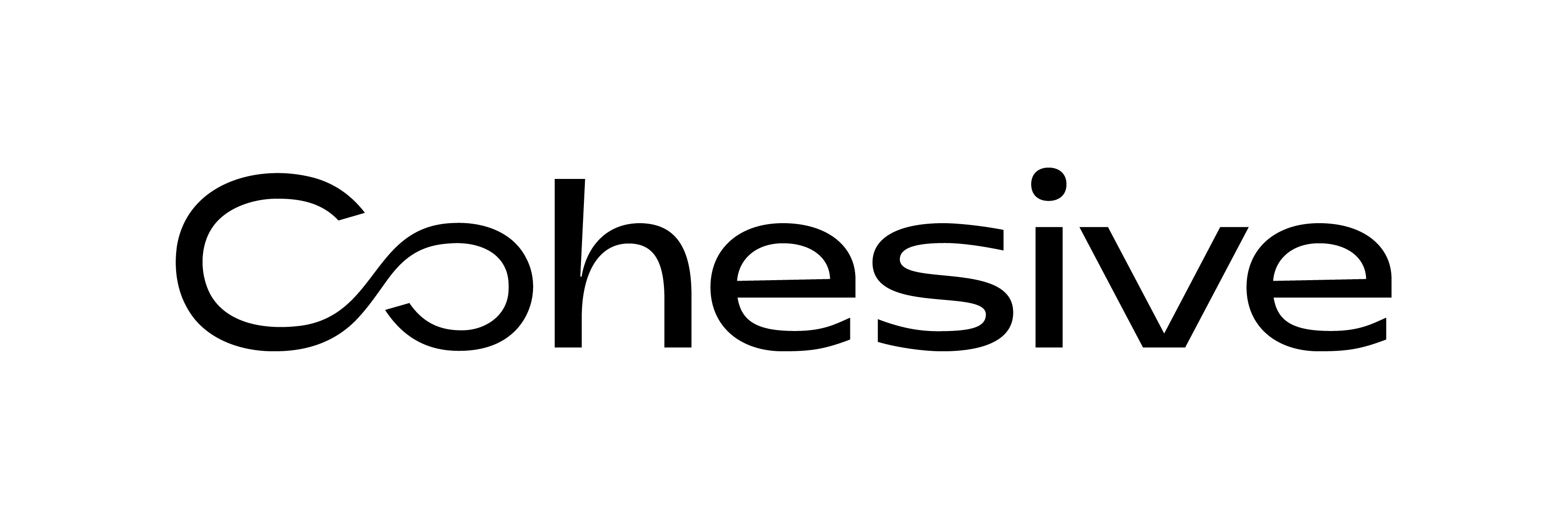
Kristen McKernon is a Maryland, US, based senior consultant. She has 25 years of experience supporting asset intensive organisations with technology implementations designed to support stand-out asset management and help the realisation of their business goals. She has a particular focus on the IBM Maximo platform.
Outside of her work she has another role – as an ordained minister who has conducted multiple weddings.
We grabbed a coffee and talked Maximo and matrimony…
First – the day job. How did you end up in the field of asset management technology and how, specifically, working with Maximo?
Computers were not in schools when I was growing up, but I was always taking things apart and rebuilding them be it furniture, TV or printers. I wanted to know how things work.
As a single mom, I had gone back to school for A+ (building computers) and Microsoft Certified Solutions Expert qualifications. Once finished I took my first exam on the Open Systems Interconnect model, and the same day went in to interview for a Maximo role that I had heard about through a friend. That day, in 1999, was my first interaction with Maximo.
Your career prior to Cohesive included a stint at BAE Systems. What skills did this arm you with?
At BAE I worked with Maximo as a client – the other side of the looking glass so to speak.
At that time in BAE all asset management was outsourced. I was tasked with bringing assets back in house as they had Maximo in place and were using it as their Configuration Management Database.
Today his experience helps me to see the client side when working with them.
What does your role at Cohesive entail?
I implement Maximo for clients across our core sectors – whether transport, energy or manufacturing and mining.
This generally starts with workshops to understand their process and how we can incorporate Maximo for them. I help with the technical aspects – (what we can configure to help our client gain the most value from Maximo) and also with the functional (showing them what Maximo can do).
I also tend to maintain technical documentation relating to the implementation which the client keeps for their records and assist with status and communications with the client. The documentation assists the client with being more self-sufficient once our job is complete.
I love making things happen in Maximo for our clients – and love it when I see how excited our clients get about achieving what they wanted to happen.
First – the day job. How did you end up in the field of asset management technology and how, specifically, working with Maximo?
Computers were not in schools when I was growing up, but I was always taking things apart and rebuilding them be it furniture, TV or printers. I wanted to know how things work.
As a single mom, I had gone back to school for A+ (building computers) and (Microsoft Certified Solutions Expert) qualifications. Once finished I took my first exam on the Open Systems Interconnect model, and the same day went in to interview for a Maximo that I had heard about through a friend. That day, in 1999, was my first interaction with Maximo.
Your career prior to Cohesive included a stint at BAE Systems. What skills did this arm you with?
At BAE I worked with Maximo as a client – the other side of the looking glass so to speak.
At that time in BAE all asset management was outsourced. I was tasked with bringing assets back in house as they had Maximo in place and were using it as their Configuration Management Database.
This experience helps me to see the client side when working with them.
What does your role at Cohesive entail?
I implement Maximo for clients across our core sectors – whether transport, energy or manufacturing and mining.
This generally starts with workshops to understand their process and how we incorporate Maximo for them. I help with the technical aspects – what we can configure to help our client gain the most value from Maximo – and also with the functional – showing them what Maximo can do.
I also tend to maintain technical documentation relating to the implementation which the client keeps for their records and assist with status and communications with the client. The documentation assists the client with being more self-sufficient once our job is complete.
I love making things happen in Maximo for our clients – and love it when I see how excited our clients get about achieving what they wanted to happen.

”I always advise the clients I work with to leave themselves open for change because there will be change. There are always more improvements needed and wanted and the tools are ever evolving."
For more information on how Cohesive supports asset owner operators with digital transformation and the change programmes which are such a vital part of them, please contact us here.








